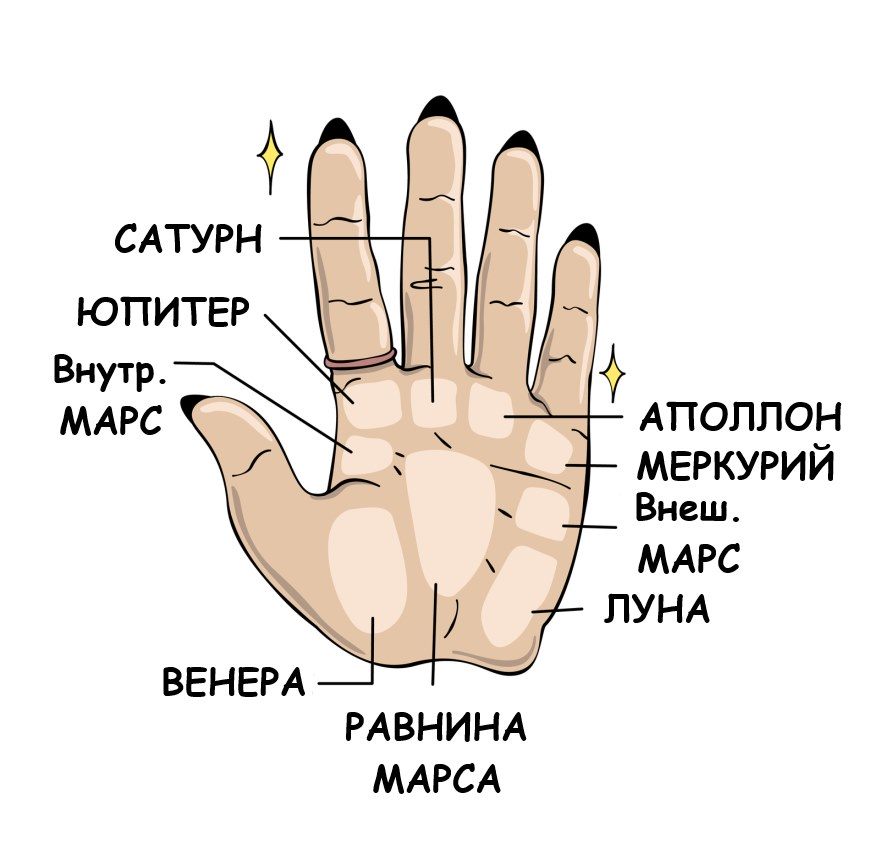
Hills of Mercury - palmistry
Contents:
The shape of the mound of Mercury determines the character of a person. Find out the truth about yourself by reading the palm of your hand. We suggest how to do it.
Sole. Photolia
The Mounds of Mercury (D) are located at the base of the little finger. It has to do with clear thinking and self-expression.
Well developed Mount of Mercury
People with a well-developed hill of Mercury are interested in the outside world. They also love competition and mental challenges. They are emotional and funny. Works well with them. They work well as good partners, parents and friends. They usually succeed in business because they are perceptive and can judge someone's character well. Everything comes out even more if the little finger is also long.
See also: What is the history of palmistry?
When both the Mounts of Apollo and Mercury are well developed, this person will have considerable potential as an orator and will be interested in discussions and oratory.
Weakly developed hillock of Mercury
If the Mount of Mercury is not too developed, the person is likely to be insincere, deceitful and full of great but impractical projects. A person may have trouble communicating in a relationship.
Displaced hillock of Mercury
This tubercle is often shifted towards the hill of Apollo. It gives a person a fun, positive, carefree approach to life. This attitude to something seriously can sometimes work to the detriment of a person. When the mound approaches the hand, a person will show amazing courage in the face of danger.
See also: What you need to know about examining the lines on your hands?
Combined burial mounds of Mercury and Apollo
Sometimes the mounds of Apollo and Mercury give the impression that they form one large single hill. People with this structure on their hands are extremely creative people of "ideas". They are good in any area that requires creativity and communication, but usually require a little guidance and a few tips from others so as not to scatter their own energy in different directions.
The article is an excerpt from Richard Webster's Hand Reading for Beginners, ed. Astropsychology studio.
Leave a Reply